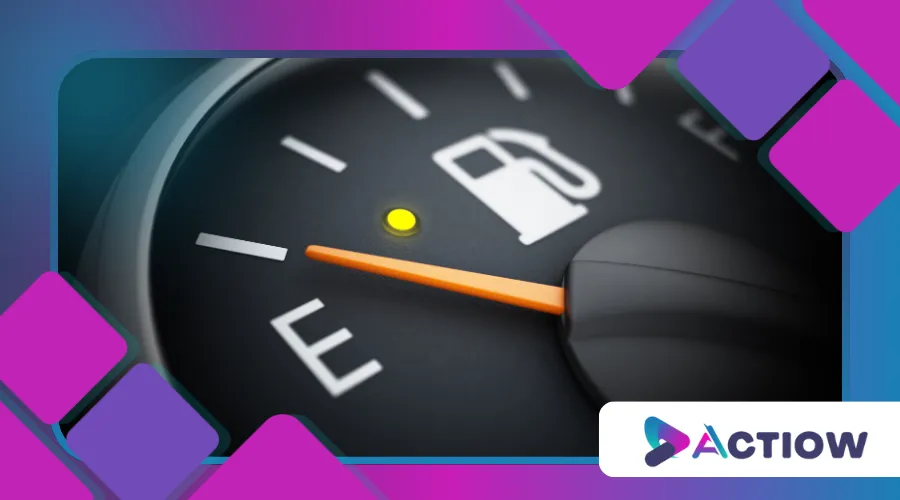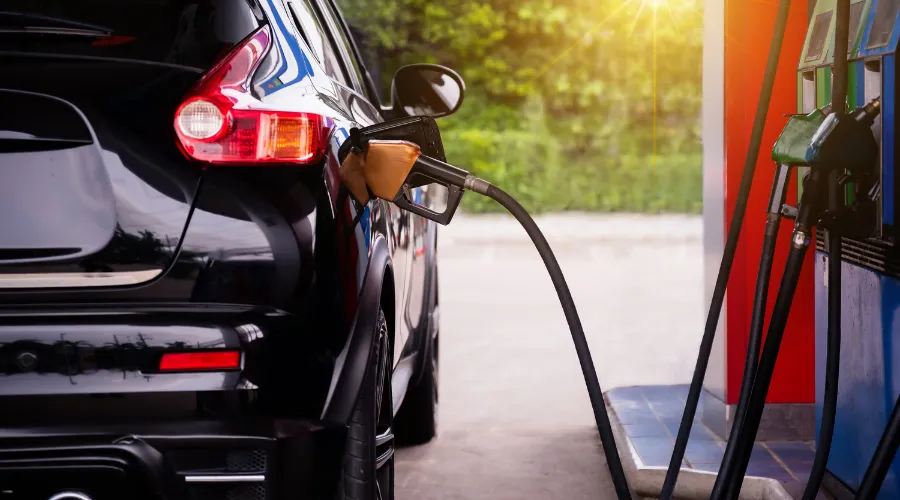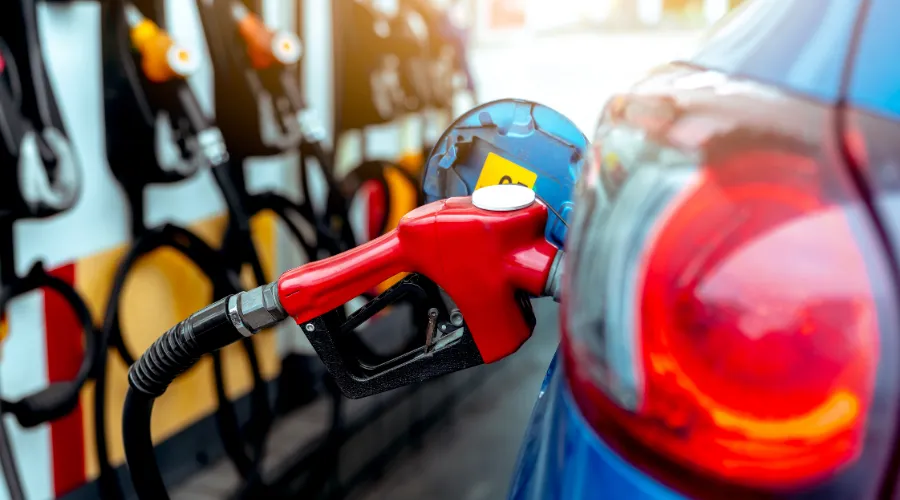Smart Tips to Save Fuel and Boost Your Car’s Efficiency

Anúncios
With gas prices fluctuating unpredictably, learning how to save fuel isn’t just eco-friendly—it’s a wallet-friendly necessity.
Whether you drive a compact sedan or a rugged SUV, optimizing efficiency can stretch every gallon further.
From driving habits to maintenance hacks, here’s how to maximize mileage without sacrificing performance.
Anúncios
In today’s world, where environmental concerns are at the forefront, being mindful of fuel consumption also contributes to a greener planet.
Every gallon saved means less carbon emissions, making our roads cleaner and our air fresher.
Adopting fuel-efficient practices is not only beneficial for your wallet but also for future generations.
1. Master the Art of Smooth Driving
Aggressive acceleration and abrupt braking are efficiency killers.
Studies by the U.S. Department of Energy reveal that rapid speed changes can lower gas mileage by 15–30% on highways and 10–40% in stop-and-go traffic.
Instead, adopt a smoother approach:
- Gradual Acceleration: Ease onto the pedal rather than flooring it.
- Anticipate Stops: Coast to decelerate instead of slamming brakes.
- Use Cruise Control: Maintains consistent speed on highways, reducing fuel waste.
A steady driving style not only saves fuel but also reduces wear on brakes and tires.
Additionally, maintaining a safe following distance allows you to react smoothly to traffic changes without sudden speed adjustments.
Consider using apps that monitor your driving habits, providing feedback on how to improve efficiency further.
2. Shed Unnecessary Weight
Your car isn’t a storage unit.
Extra weight forces the engine to work harder, increasing fuel consumption.
For every 100 lbs of additional load, efficiency drops by 1–2%.
+ How to Wash Your Car Properly Without Scratching the Paint
| Common Weight Culprits | Estimated Fuel Impact |
|---|---|
| Roof Rack (Unused) | Up to 5% MPG loss |
| Trunk Clutter | 1–2% MPG reduction |
| Heavy Aftermarket Parts | Varies by modification |
Remove bulky items when not needed, and consider lightweight alternatives for accessories.
Furthermore, regularly assess your vehicle’s contents and remove items that are no longer necessary.
This practice not only improves fuel efficiency but also enhances safety by ensuring your vehicle is not overloaded.

3. Optimize Tire Pressure
Underinflated tires create excess rolling resistance, forcing the engine to expend more energy.
The EPA estimates that proper inflation can improve mileage by up to 3%.
- Check pressure monthly (when tires are cold).
- Follow the manufacturer’s recommended PSI (found in the door jamb or manual).
- Invest in low-rolling-resistance tires for long-term gains.
Proper tire maintenance also enhances safety and extends the life of your tires.
Consider using a tire pressure monitoring system (TPMS) to keep track of your tire health in real time.
Routine checks can prevent blowouts and ensure a smoother ride, further contributing to fuel savings.
4. Embrace Smart Route Planning
Idling in traffic burns fuel without moving an inch.
Use real-time navigation apps (like Waze or Google Maps) to avoid congestion and find the most efficient routes.
Additionally:
- Combine Errands: Fewer cold starts mean better efficiency.
- Avoid Peak Hours: Less traffic = fewer stop-and-go situations.
- Use Highways When Possible: Consistent speeds beat urban stoplights.
Planning your trips can save time and fuel, making your driving experience more enjoyable.
Consider using public transportation for short trips when possible, as this can significantly reduce your overall fuel consumption.
Moreover, carpooling with friends or colleagues can also help share the costs and reduce the number of vehicles on the road.
++ Bald Tires: The Hidden Dangers and When to Replace Them
5. Keep Up with Maintenance
A well-tuned engine operates at peak efficiency.
Neglecting basic upkeep can silently drain your tank.
| Maintenance Task | Fuel Efficiency Impact |
|---|---|
| Clean Air Filter | Up to 10% improvement |
| Fresh Spark Plugs | 5–10% better combustion |
| Regular Oil Changes | 1–2% MPG gain |
Follow your vehicle’s service schedule, and don’t ignore the “check engine” light—faulty oxygen sensors or fuel injectors can slash efficiency.
Regular maintenance not only improves fuel efficiency but also prolongs the life of your vehicle.
Consider keeping a maintenance log to track services and identify patterns that may indicate underlying issues.

6. Reduce Aerodynamic Drag
At highway speeds, wind resistance becomes a major fuel thief.
Minimize drag with these tweaks:
- Remove Roof Racks When Idle: An empty rack can cut efficiency by 5%.
- Close Windows at High Speeds: Open windows disrupt airflow, increasing drag.
- Avoid Excessive Speed: Driving 75 mph vs. 65 mph can reduce MPG by 10–15%.
Additionally, consider using a car cover when parked for long periods to maintain the vehicle’s aerodynamic shape.
Investing in aerodynamic enhancements, like a rear spoiler or streamlined mirrors, can also yield long-term fuel savings.
Being mindful of your driving environment, such as avoiding heavy traffic or construction zones, can further reduce drag and improve efficiency.
7. Use the Right Fuel and Additives
Premium gas isn’t always better—unless your car requires it.
Check the manual to avoid wasting money.
Additionally:
- Top-Tier Detergent Gas: Keeps injectors clean for optimal combustion.
- Fuel Additives (Occasionally): Cleans deposits but don’t overuse them.
Understanding your vehicle’s fuel requirements can save you money and enhance performance.
Researching and selecting reputable gas stations can ensure you’re getting high-quality fuel.
For more information on fuel types and their impact on efficiency, check out AAA’s Fuel Quality Report.
8. Leverage Technology
Modern cars come with eco-friendly features:
- Eco Mode: Adjusts throttle response and shift points for efficiency.
- Start-Stop Systems: Cuts the engine at stops, reducing idle waste.
- Hybrid/Electric Modes: If available, use them for city driving.
Familiarizing yourself with these features can significantly enhance your fuel-saving efforts.
Consider using mobile apps that track your fuel consumption and offer personalized tips based on your driving habits.
Staying updated on technological advancements in the automotive industry can provide new opportunities to save fuel.
Final Thoughts
Learning how to save fuel isn’t about drastic changes—it’s about smarter choices.
From smoother driving to strategic maintenance, small adjustments compound into significant savings.
Implement these tips, and watch your fuel efficiency (and budget) thank you.
What’s your favorite fuel-saving trick? Share in the comments!
Fuel efficiency is a continuous journey, and every effort counts.
By adopting these practices, you contribute to a more sustainable future while enjoying the benefits of reduced fuel costs.
Stay informed and engaged with the latest trends in fuel efficiency to maximize your vehicle’s potential.
